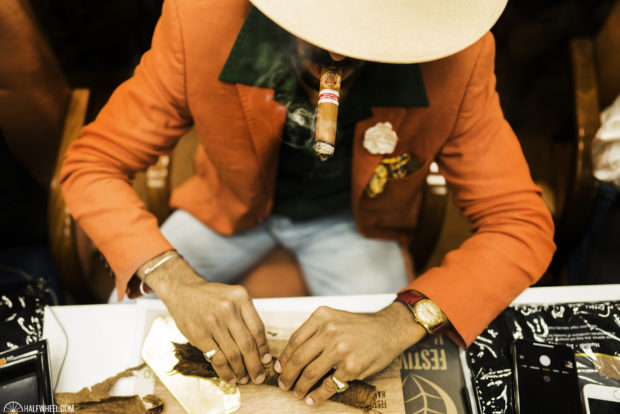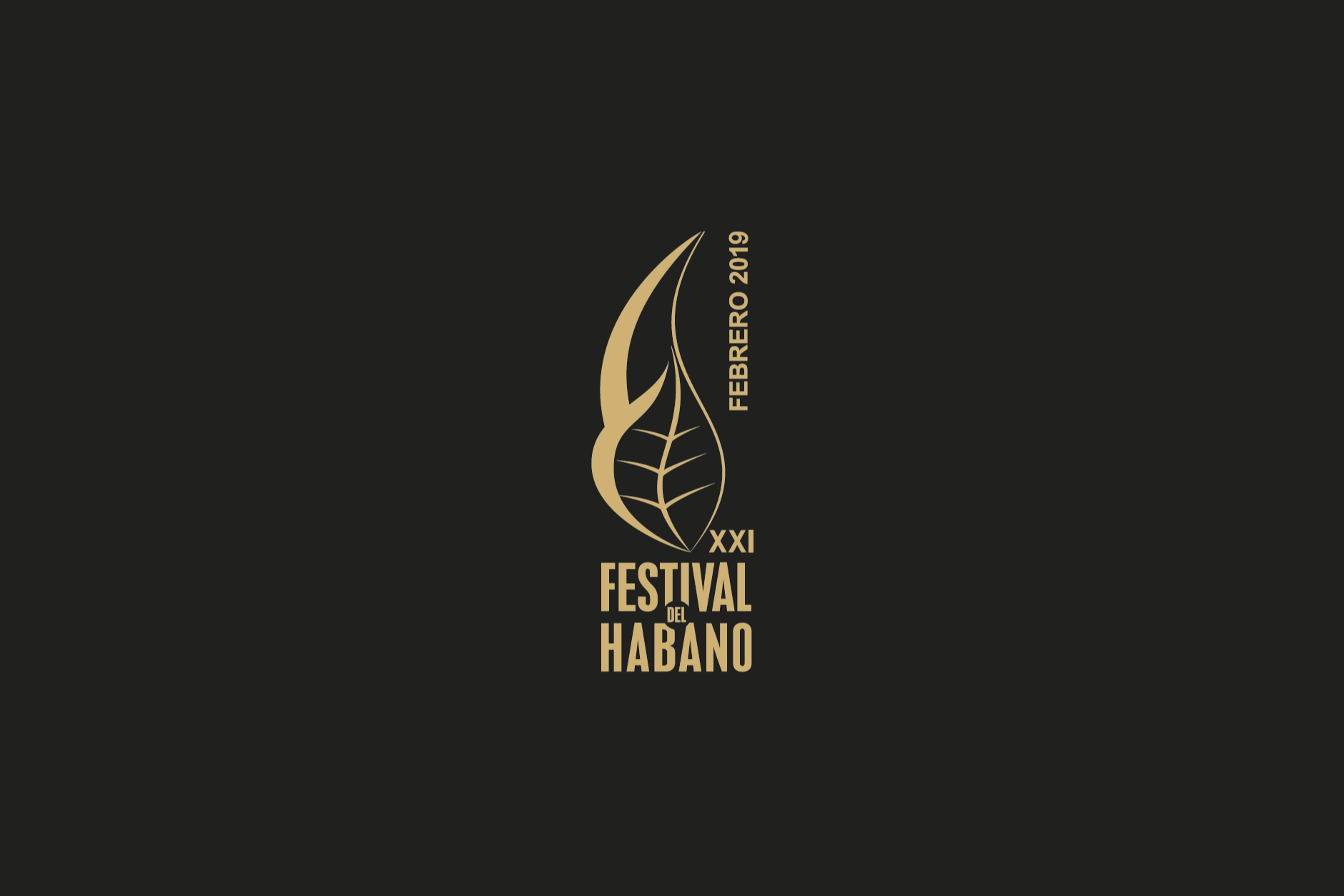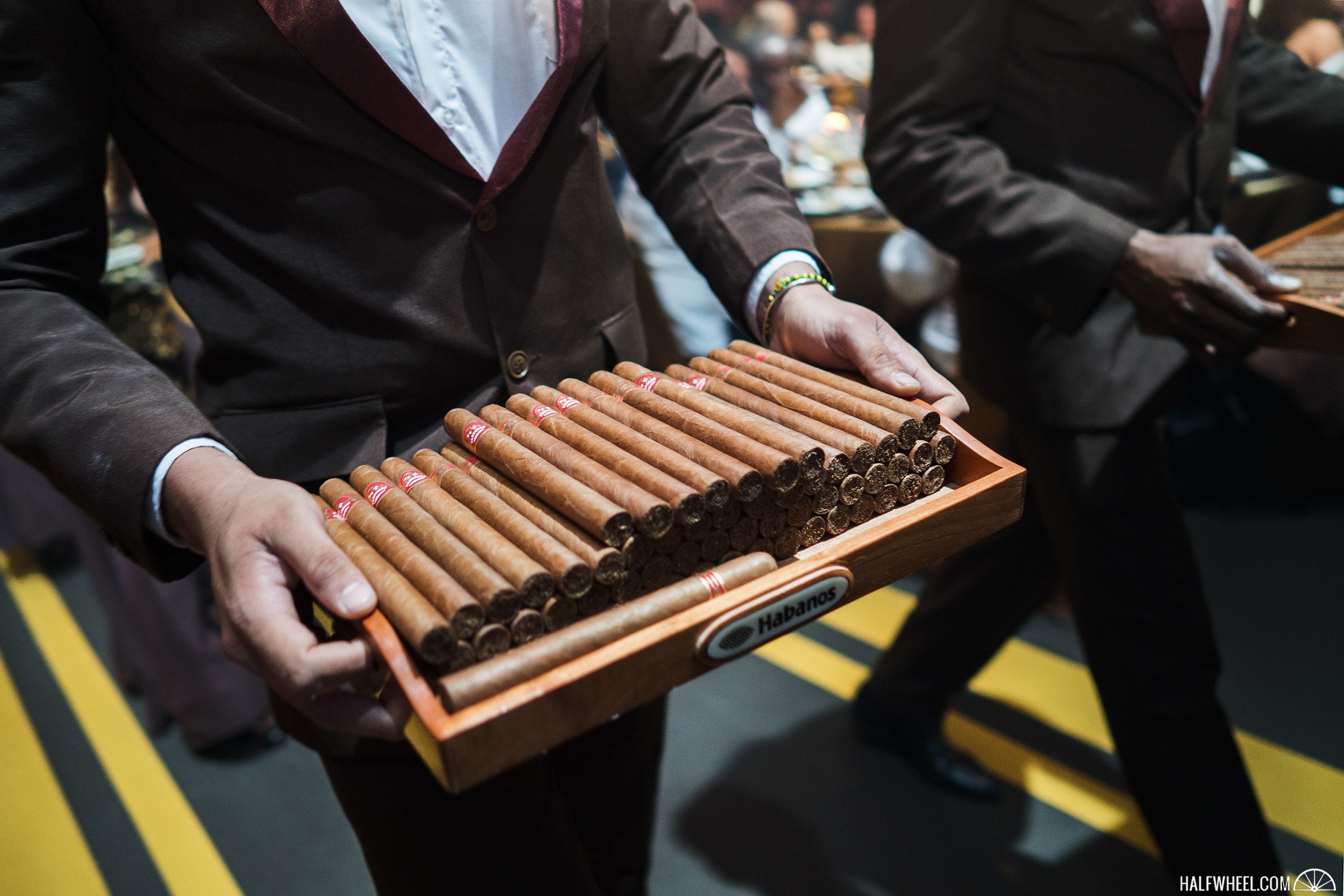I woke up a bit later than normal on my third full day in Cuba—and by later, I mean 7 a.m.—but quickly got everything ready to go, as this was the first time that there would be seminars throughout the day.

What Was Up First?
While not something I would normally think of as a fascinating topic, the first seminar was a talk by none other than Havana City historian Dr. Eusebio Leal Spengler. The 60-minute talk centered around the history of tobacco and the cigar-making industry in Cuba, as well as the initial encounter of Spanish conquistadors with Cuban people. He also delved into the history of lawsuits against General Cigar Co. concerning the Cohiba brand—which he named as the most counterfeited cigar brand in the world—as well as some information about what would most likely take place if the United States embargo against Cuba was lifted.
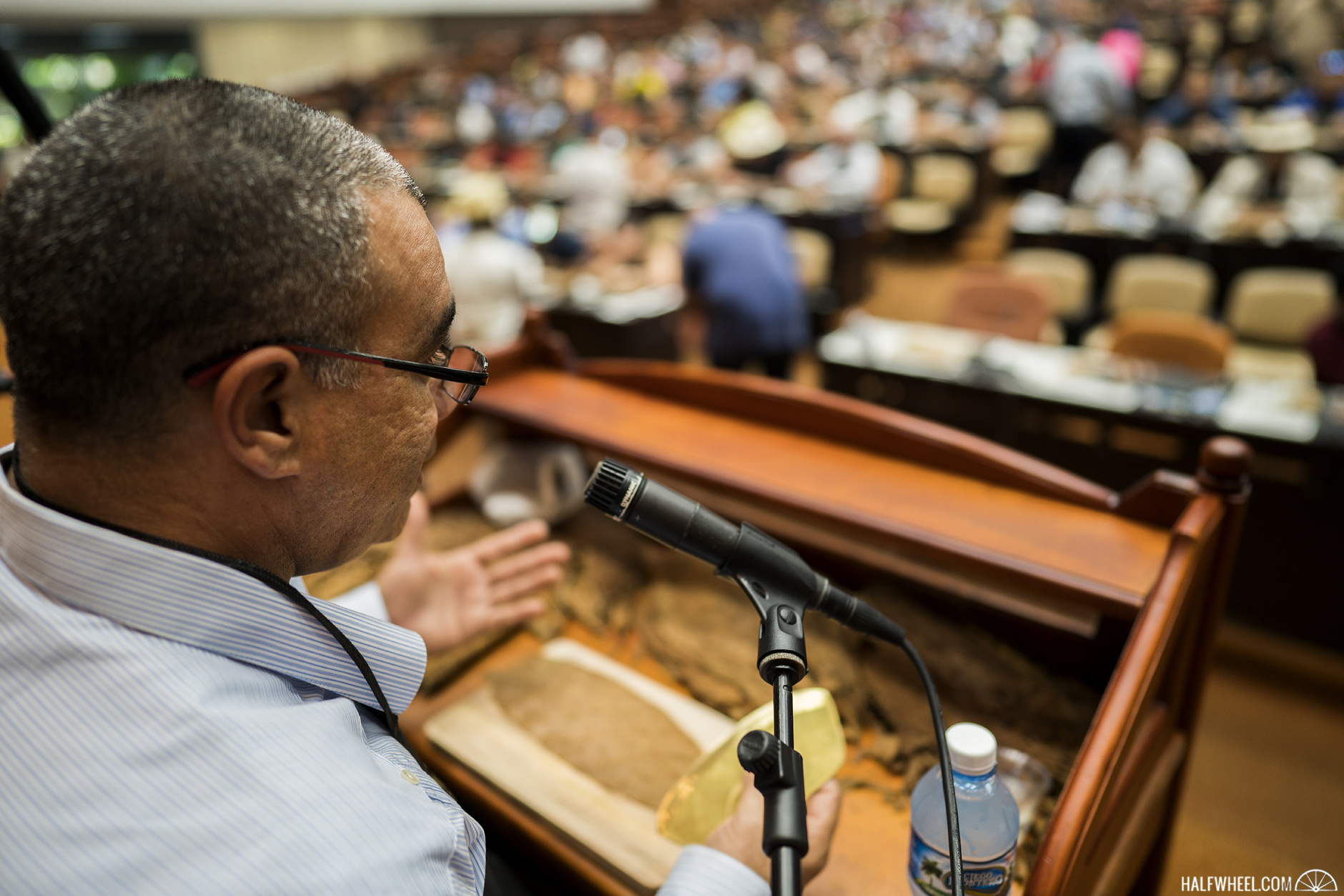
Immediately after that, we were shuffled to an adjacent room, where one of my favorite seminars of every year was taking place. Dubbed Hecho a Mano—which translates to Made by Hand in Spanish—the event gave attendees the opportunity to attempt to roll a cigar on their own, using tobacco, food glue, cutting board and cheveata supplied by the conference.
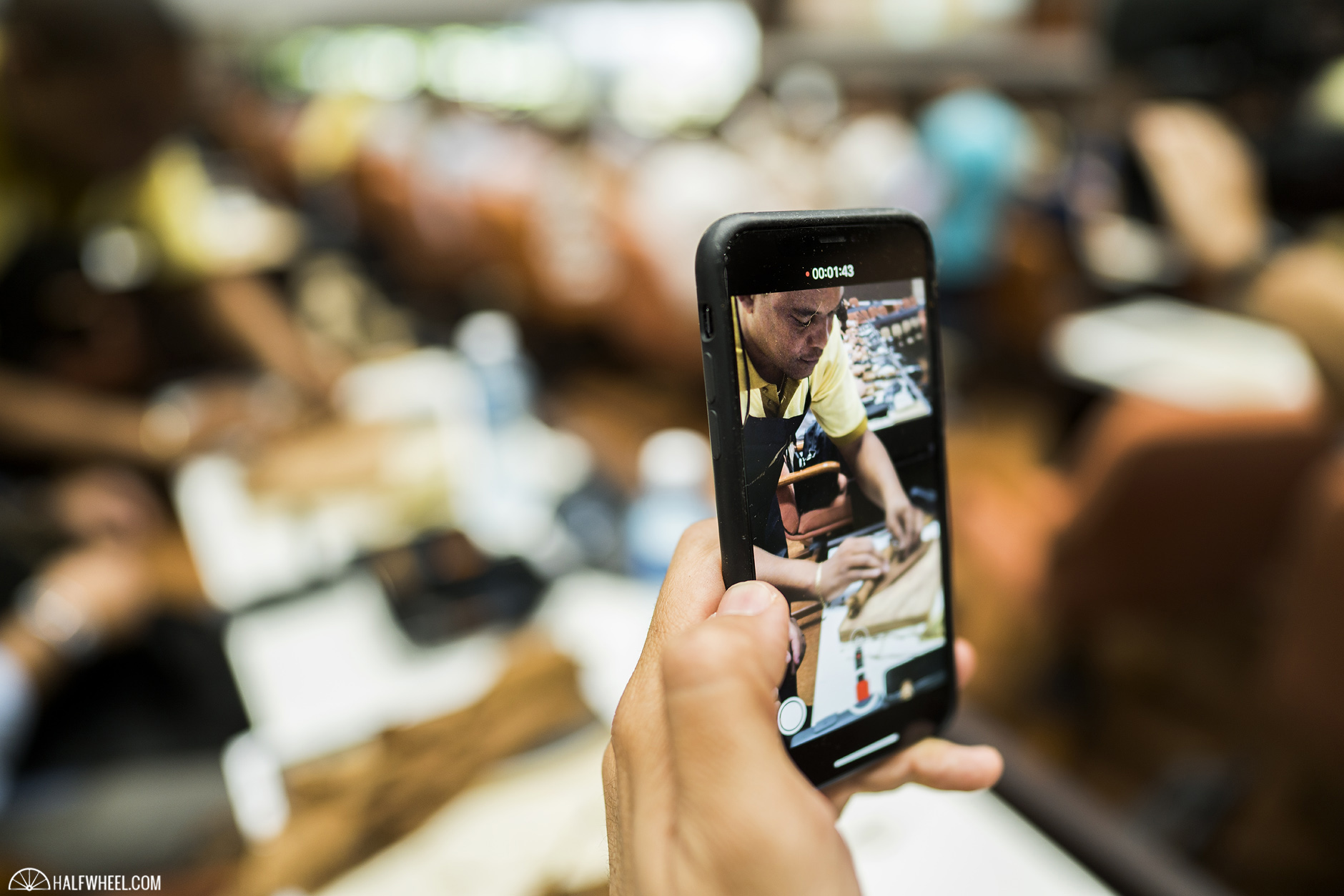
As has historically been the case, the seminar was run by a veteran cigar roller—in this case, Miguel Barzaga—while attendees were helped by rollers from the El Laguito, H. Upmann and La Corona cigar factories. Barzaga showed how to roll the cigar step by step, from striping the leaves to bunching the filler tobacco and rolling the binder.
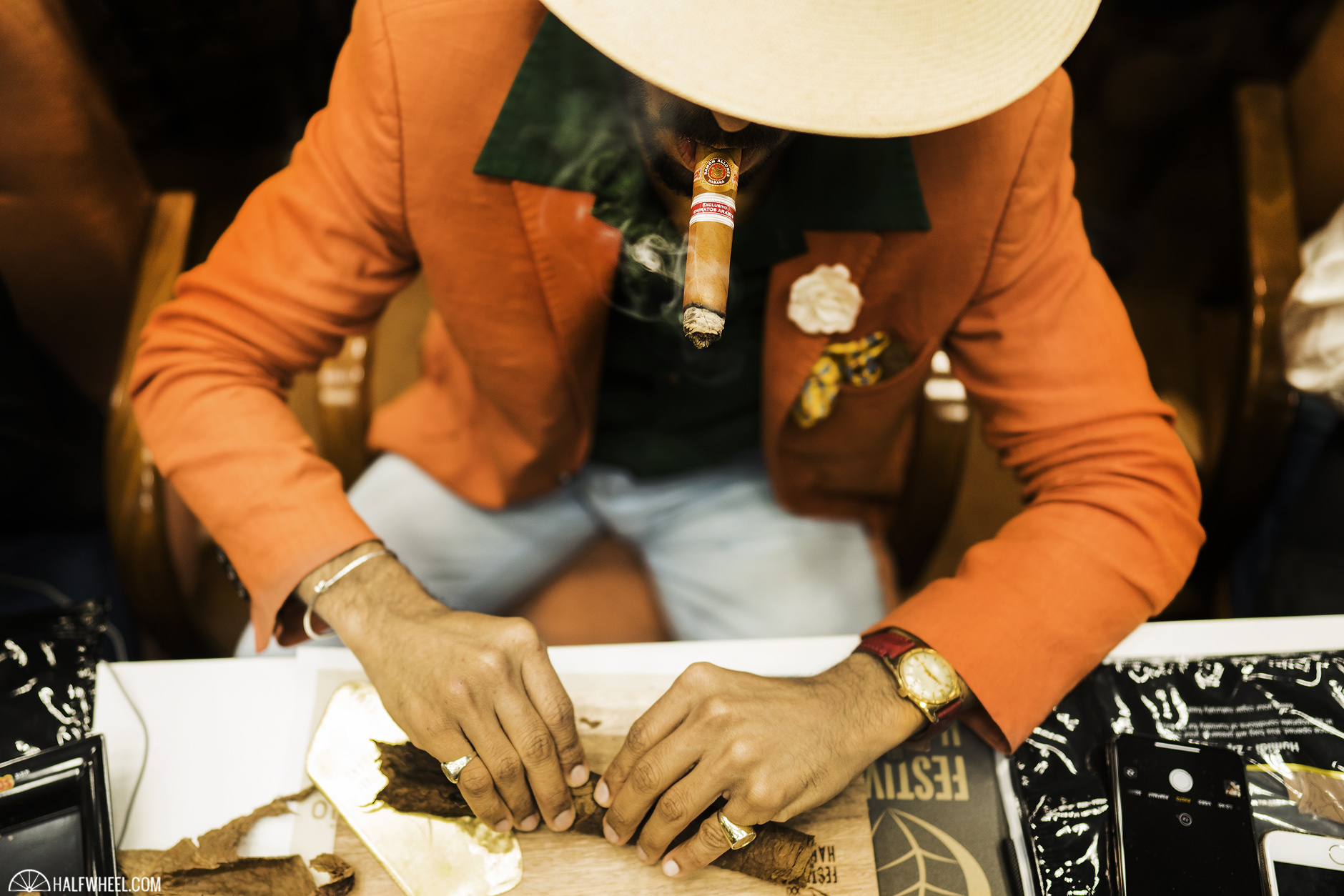
He then explained how to apply the wrapper and put on the finishing pigtail on the cap. In the end, people were left with a parejo con apendice—or an even cigar with twisted cap—of varying qualities.
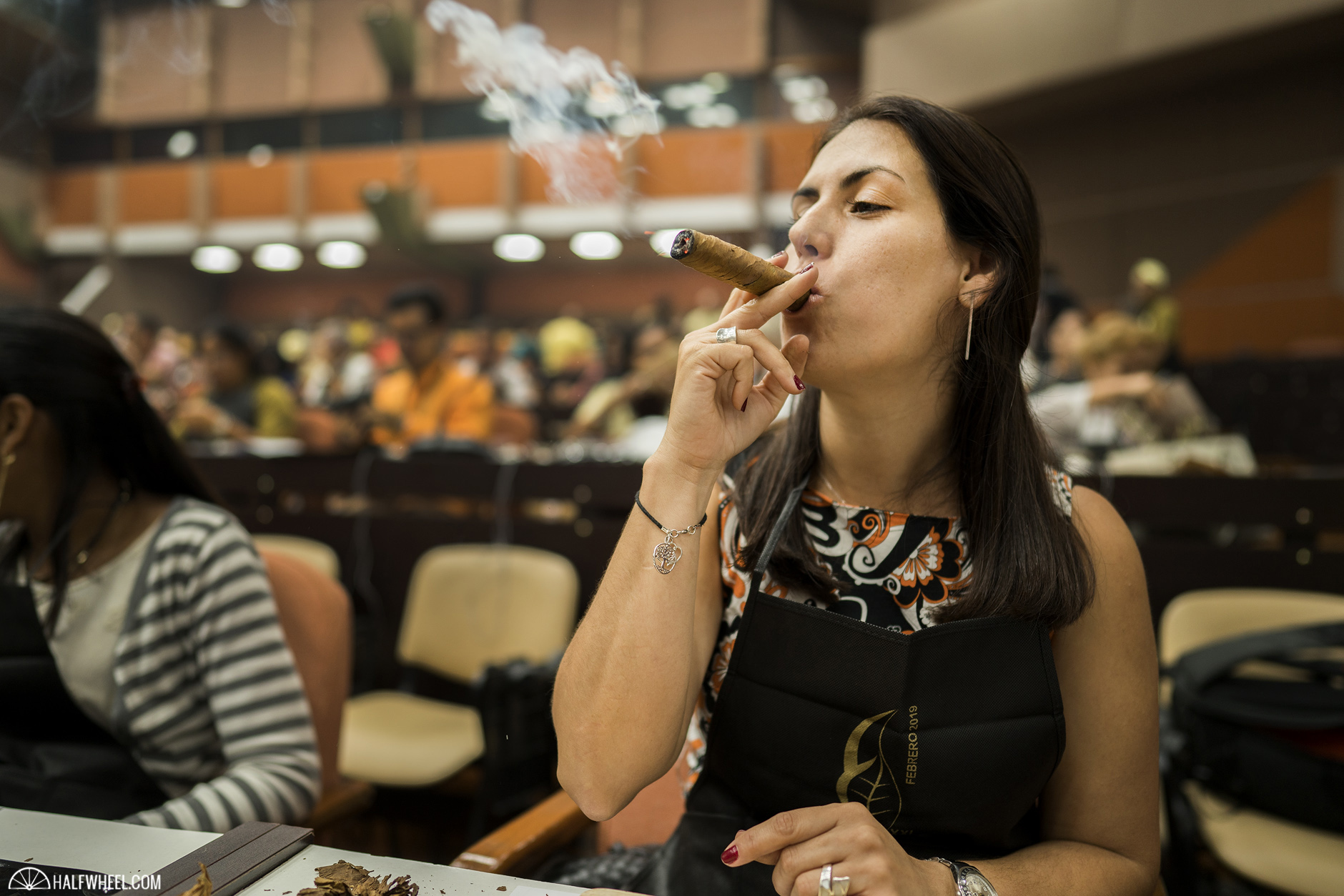
How Did Your Rolling Attempt End Up?
Sadly, my end product was virtually unsmokable, although in my defense I was photographing for this article most of the time.
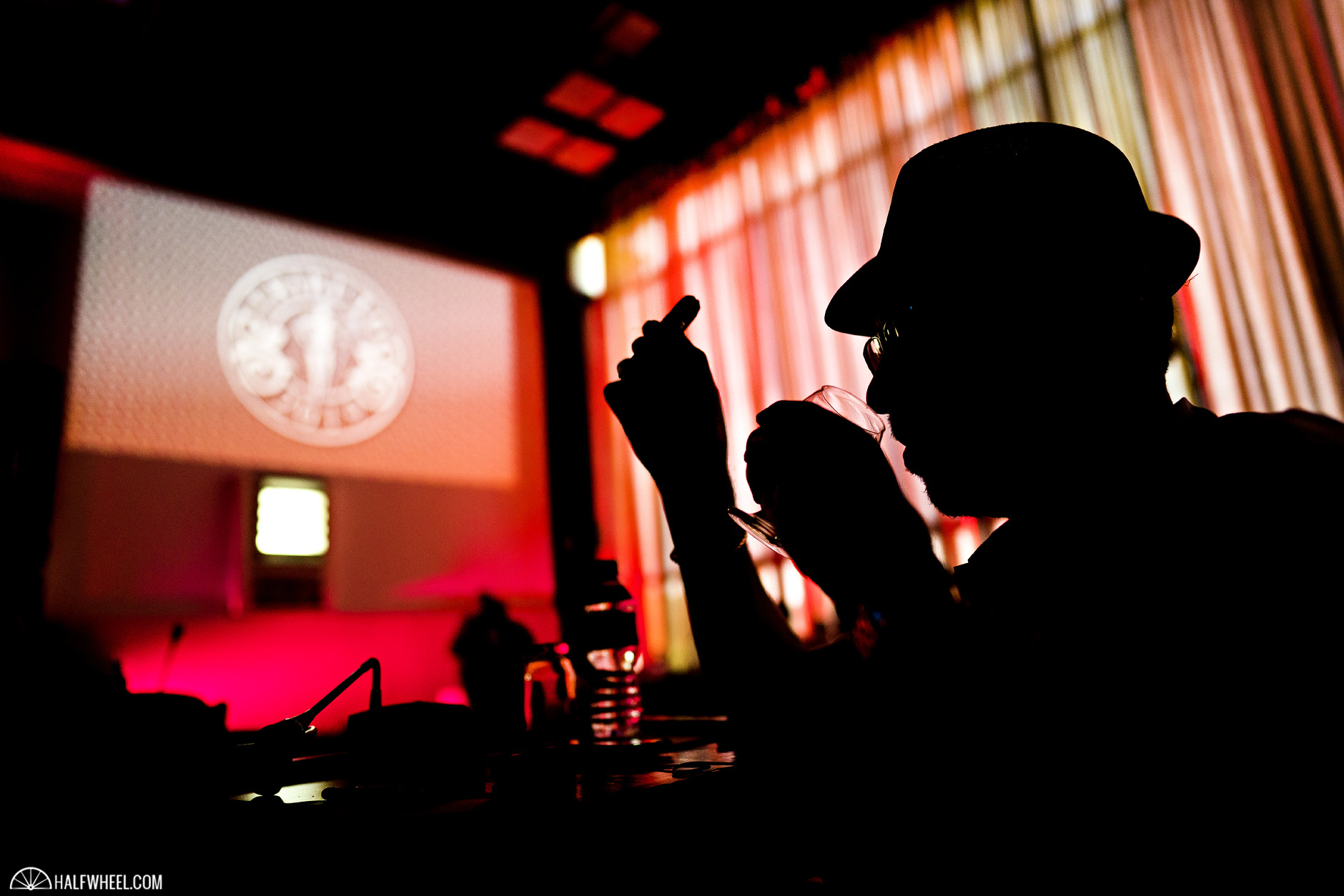
What Happened Next?
That would be lunch—by which I mean time spent downloading images and writing this article while scarfing down a sandwich—followed by another seminar, this time centered around the pairing of Havana Club Tributo 2019 and an H. Upmann Connoisseur B.
The tasting highlights and history of both products were explained by master of Cuban rum Asbel Morales and Habanosommelier Fernando Fernández, both of whom extolled the virtues of the infamous symbols of Cuba. Eagle-eyed readers may remember that members of the press had a chance to sample the Tributo 2019 back on Sunday, although those drinks were poured from bottles with sample labels instead of the official bottles.
I have always loved the combination of rum and cigars, and the Tributo 2019 is an excellent libation to drink with them—it seems noticeably sweet to me on the palate compared to last year’s release—although the profile would overwhelm lighter cigars.
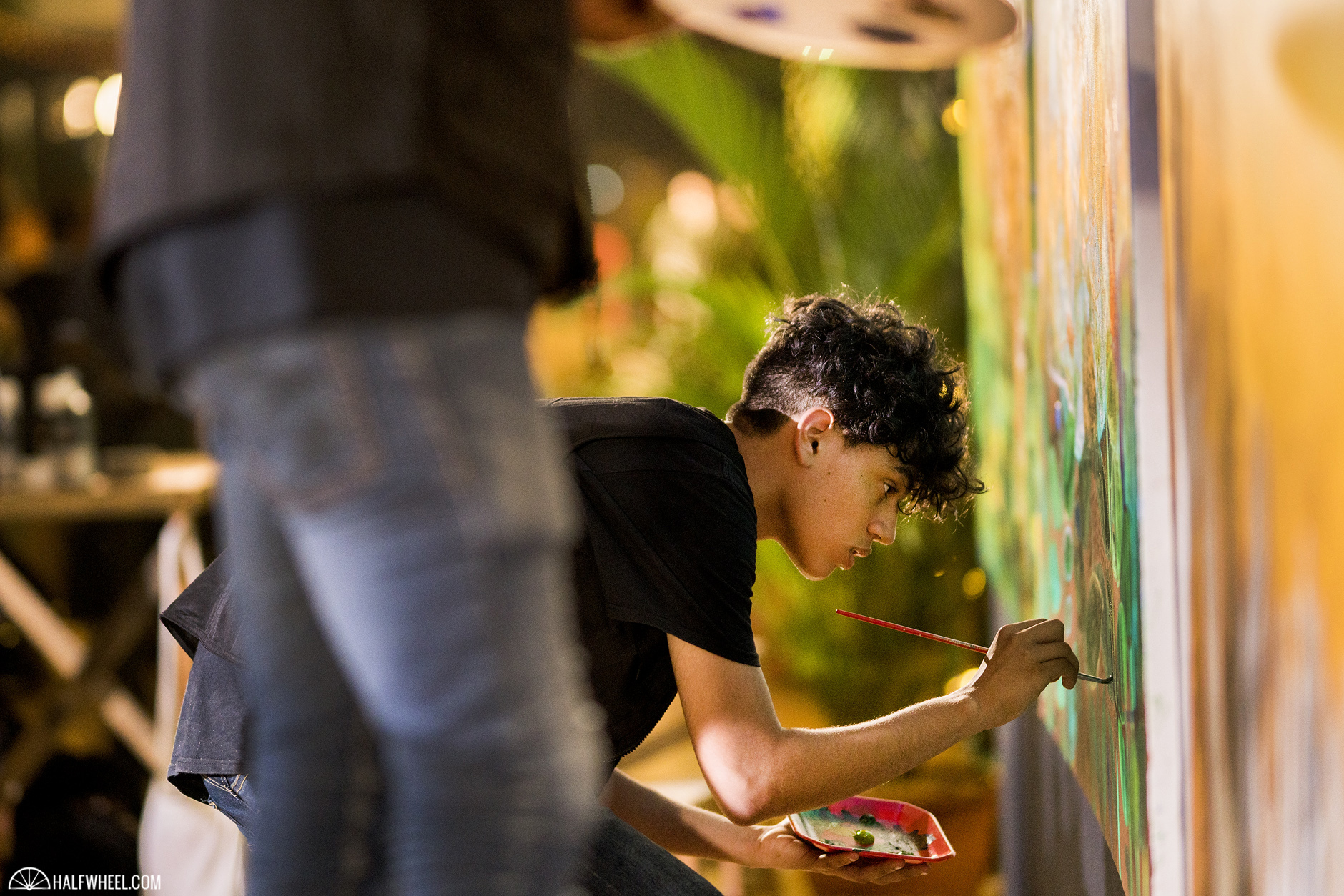
It Was Wednesday, So That Means There Was A Dinner, Right?
Correctamundo. The Wednesday night event was held at El Laquita Protocol Hall, which has been used each of the four years that I have attended the festival so far. While the events were limited to just the first level in 2016 and 2017, last year was significantly different, as renovations were completed that allowed three different massive levels that included four different stages, almost 20 food and alcohol stations and a giant area with artists finishing up four massive paintings that were raffled off later that night.

The theme of the night included multiple Caribbean-esque elements, including torches, strings of lights everywhere, backgrounds of leaves and a massive barn structure built onto the main stage that served as a screen for various occasions of entertainment throughout the night. The number of people attending the Wednesday night event spiked last year, and I would say there was roughly the same number attending this year, probably a bit more than 2,000 people.
All of the festivities were dedicated specifically to the debut of the Hoyo de Monterrey Gran Reserva Double Coronas Cosecha 2013, a 7 5/8 x 49 double corona that is the first Gran Reserva for the Hoyo de Monterrey marca. The Gran Reserva and Reserva Series are Habanos S.A.’s flagship releases selected from one of Habanos S.A.’s most popular brands each year: Reservas are released on even years, while odd years mean a Gran Reserva release.
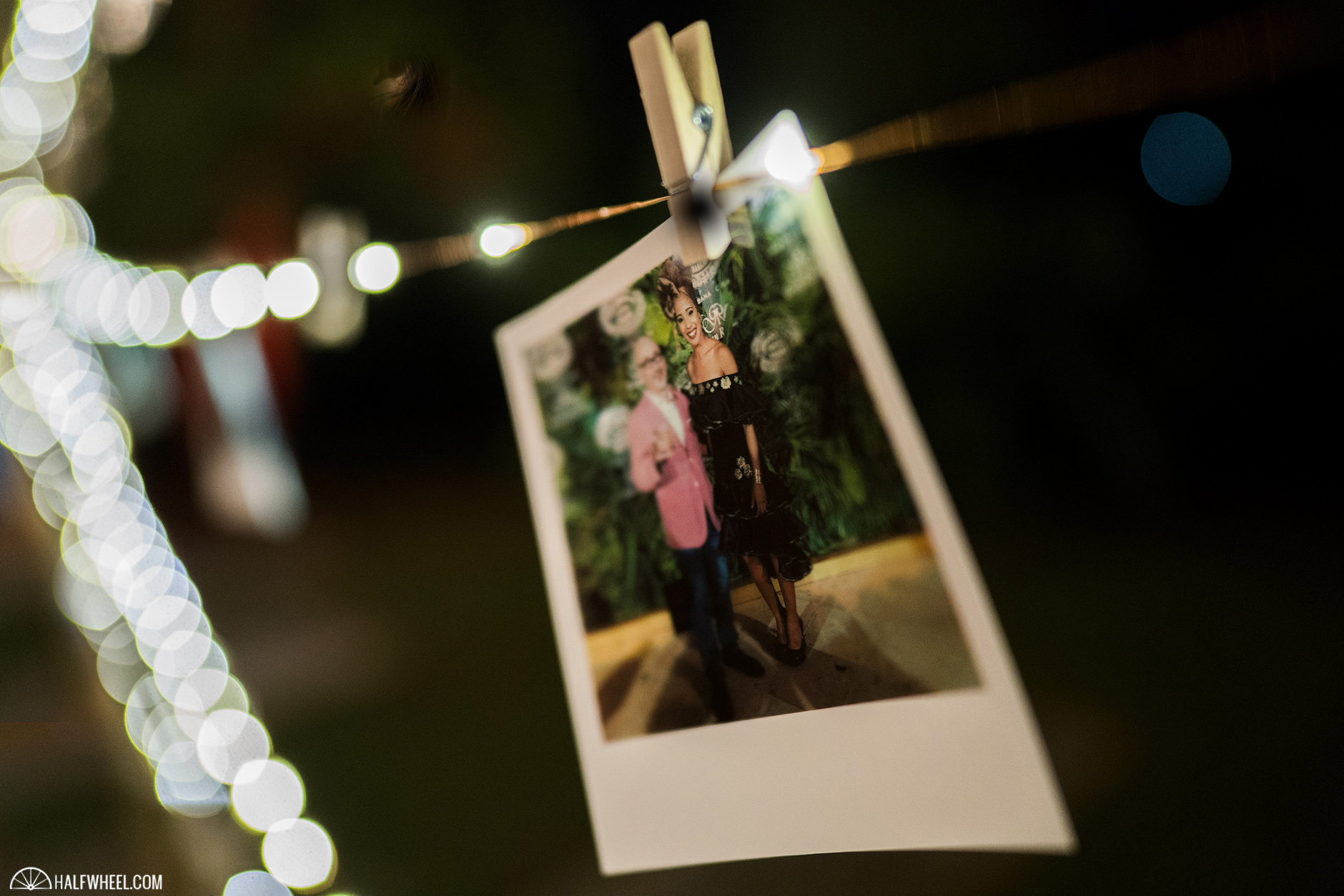
Since both the Reserva and Gran Reserva releases are the same sizes as regular production variants, what makes the cigars special is extremely aged tobacco inside; in fact, all of the tobacco used for the Gran Reserva releases are aged for at least five years and is sourced from the Vuelta Abajo region of Pínar del Río.
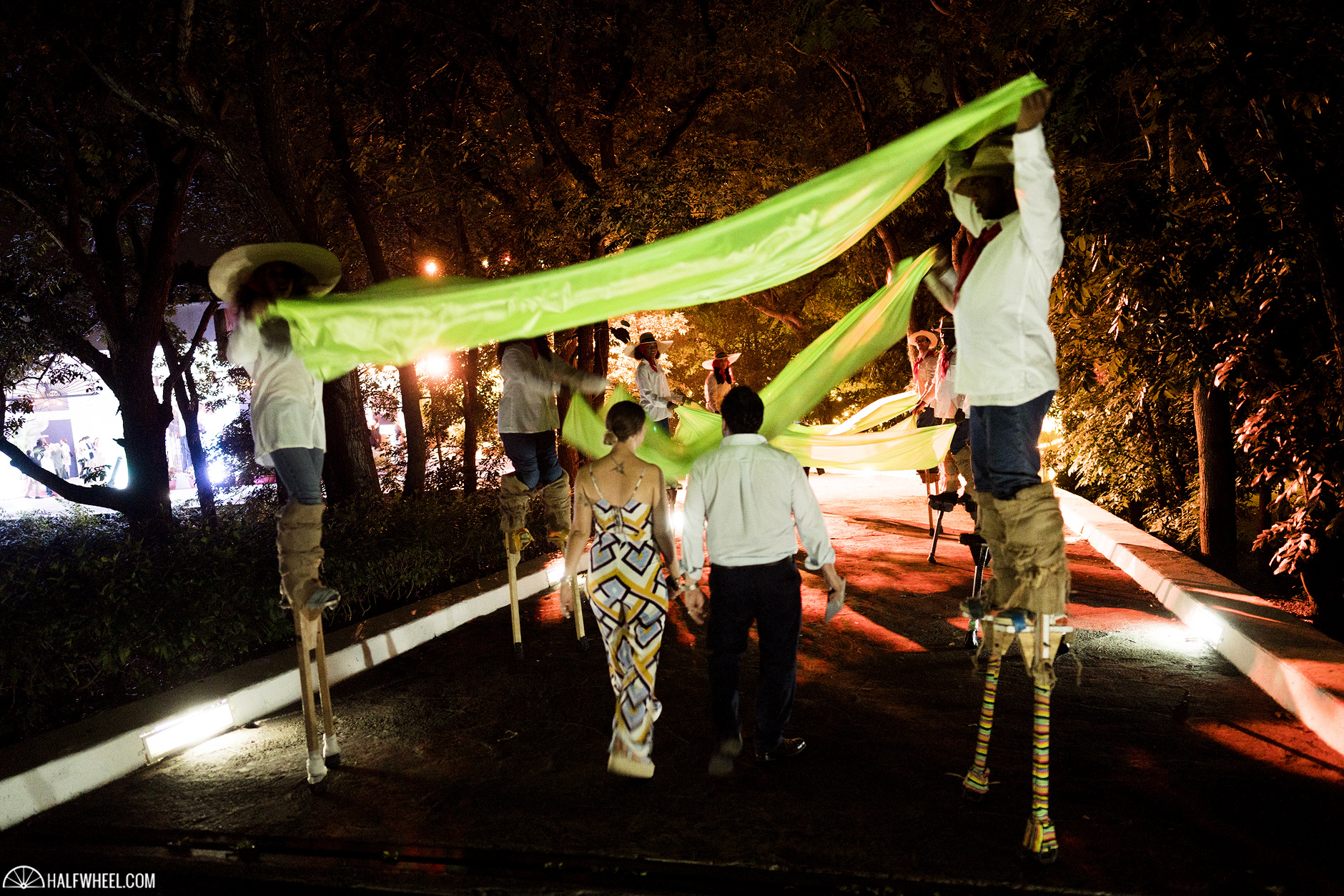
The night started with attendees walking down the driveway being greeted by people on short stilts on either side who waved them with sheets of ribbon.
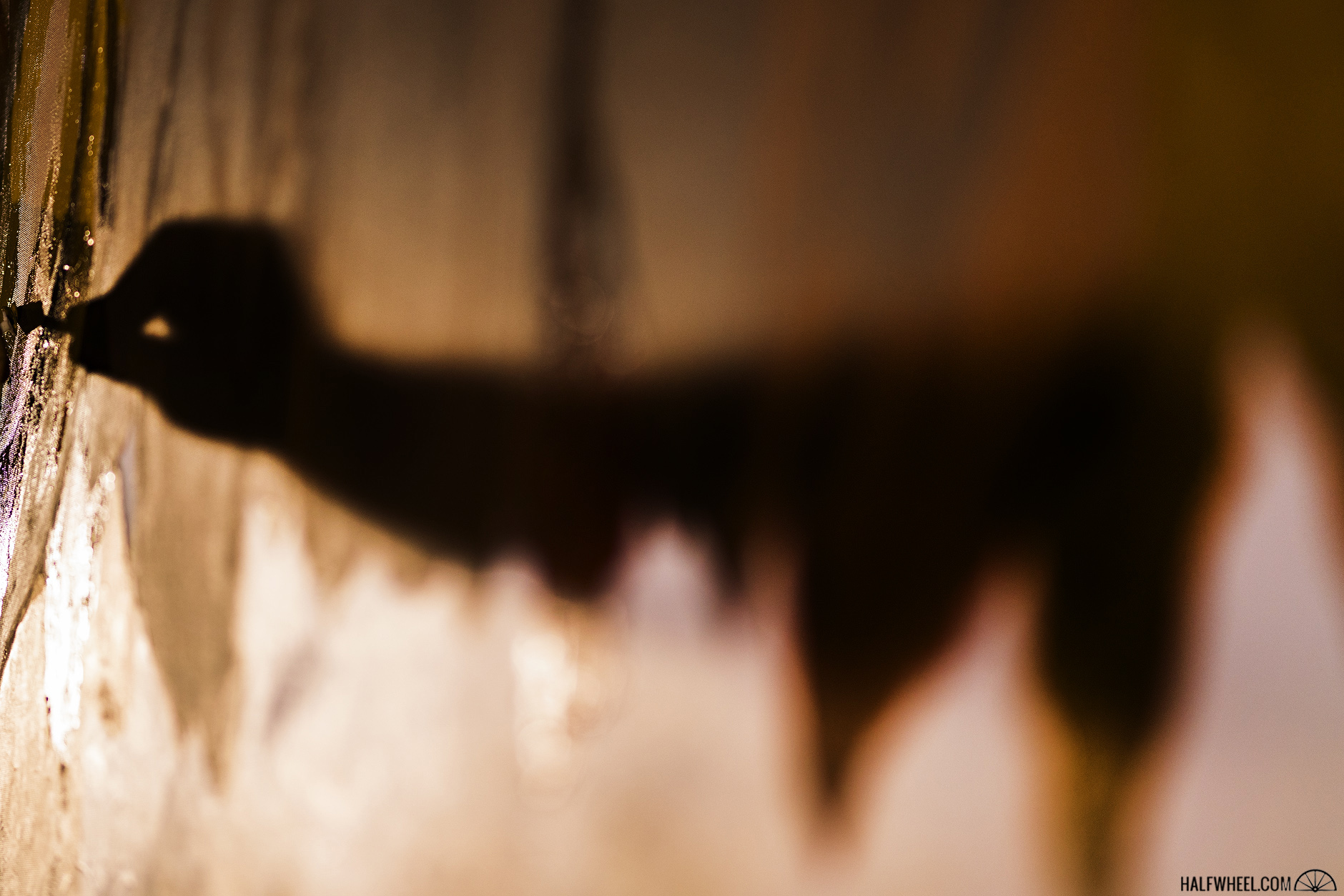
Upon entering the outside edge of the facility, attendees were given bags filled with coffins containing two of the Hoyo de Monterrey Gran Reserva Double Coronas Cosecha 2013 before walking around the edge of the building. There, they were greeted by the main level of the El Laquita Protocol Hall, with two more levels accessed by stairs going down.
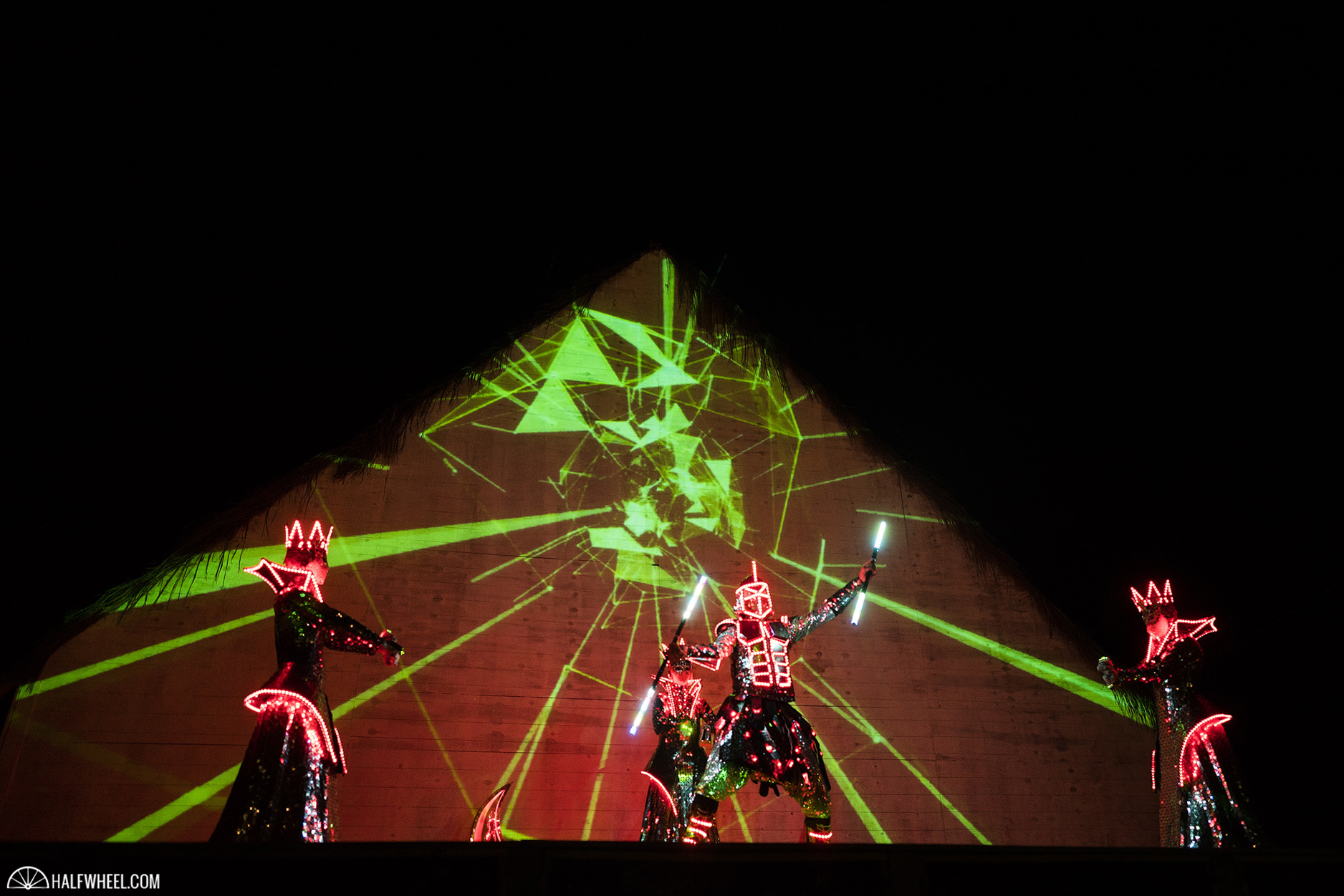
After a greeting, there were special attractions held throughout during the night—including an amazingly awesome psychedelic performance that I can only describe as having been inspired by someone on LSD watching Battlestar Galactica for three days straight—as well as numerous other musical groups and the aforementioned painting artists.

The night ended around 1am, at which point I gladly took a taxi back to the place I was staying and went straight to bed.
Did You Purchase Any More Cigars On Wednesday?
Sadly, no.
Did You At Least Have A Chance To Actually Smoke Some Cigars?
I wish.
What Was The Most Interesting Thing You Saw On Wednesday?
I will just leave this short video of the aforementioned psychedelic performance to mull over.

